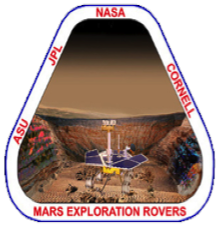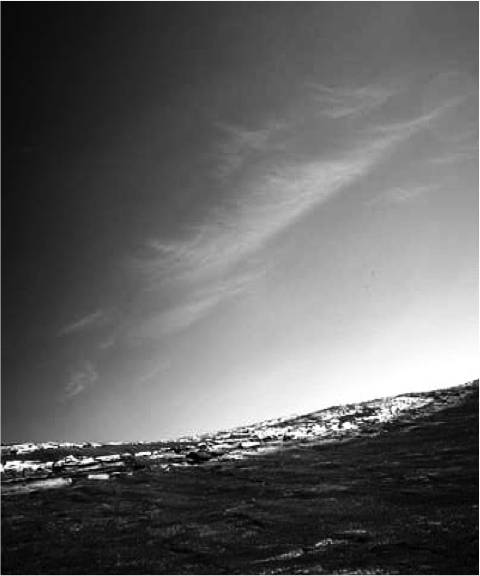
January 25, 2004 - present [2208 sols]
More than 10 years after landing in Eagle Crater, on July 27 (Sol 3735), Opportunity completed a 25.01 mile (40.25 kilometers) drive, setting a record. Plans for 2014-5 are to continue on to Marathon Valley located on the rim of the Endeavor Crater, completing a marathon distance of 26.2 miles. Orbiting craft have produced data that indicate that extensive phyllosilicate deposits are exposed in this region. Phyllosilicates are crucial to understanding the past habitability of Mars. They form in a near-neutral pH environment where conditions are more suitable to the origin than the acidic conditions indicated by much of the martian geologic record.
The atmospheric data complement from the mission includes
Rover Atmospheric Entry Profile (Density, pressure, temperature versus altitude)
Pancam-derived 440 nm and 880 nm Atmospheric opacity
Mini-TES near-surface atmosphere temperature profiles ( note; No derived product is available. The reduced data are available in the PDS Geosciences node)
Dust devils

For more information see the following links
The atmospheric data complement from the mission includes
Rover Atmospheric Entry Profile (Density, pressure, temperature versus altitude)
Pancam-derived 440 nm and 880 nm Atmospheric opacity
Mini-TES near-surface atmosphere temperature profiles ( note; No derived product is available. The reduced data are available in the PDS Geosciences node)
Dust devils

The gold line on this map shows Opportunity's route from the landing site inside Eagle Crater (upper left) to its location after the July 27 (Sol 3735) drive.
Image Credit: NASA/JPL-Caltech/MSSS/NMMNHS
Image Credit: NASA/JPL-Caltech/MSSS/NMMNHS
 PDS: The Planetary Atmospheres Node
PDS: The Planetary Atmospheres Node


